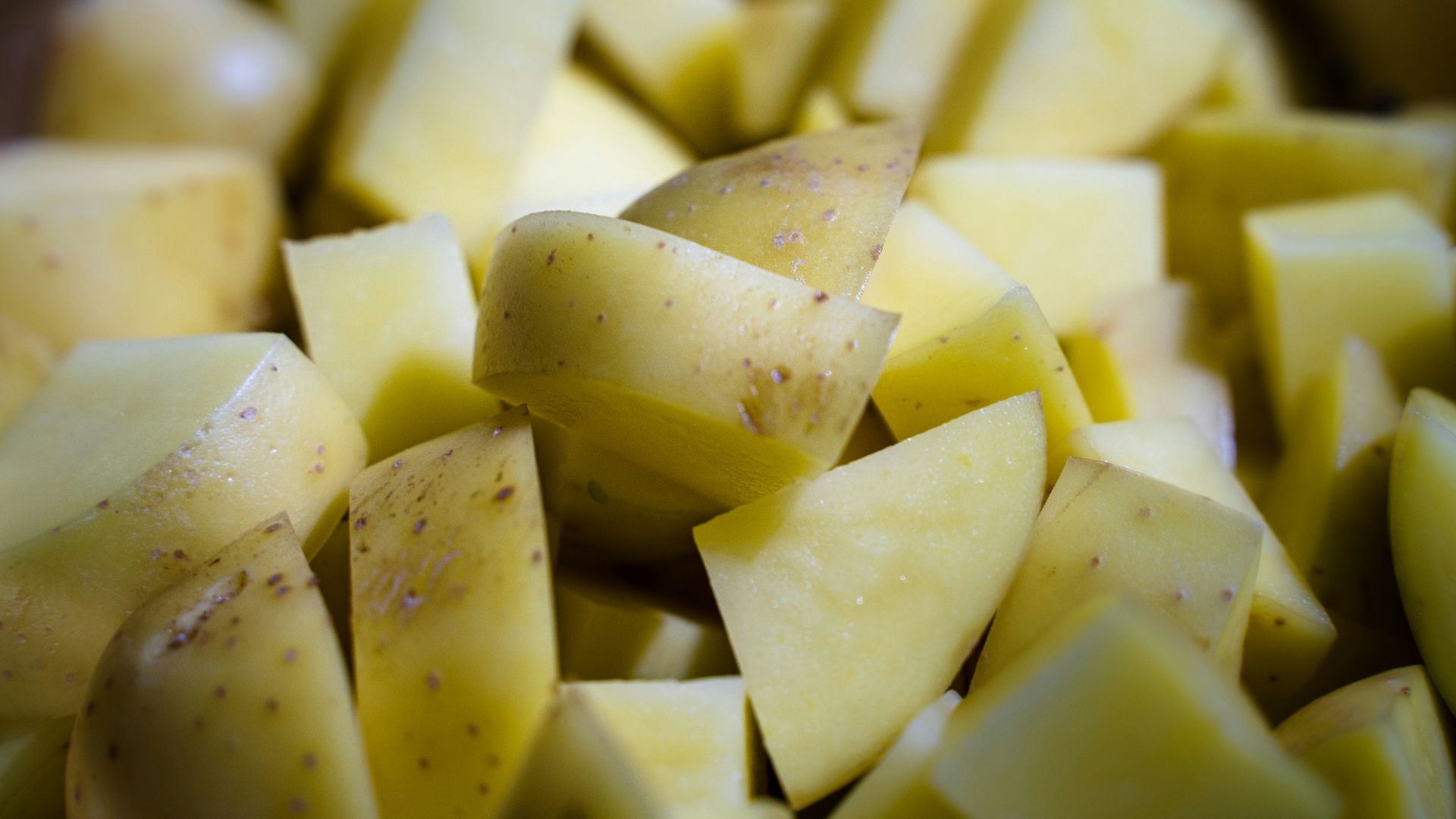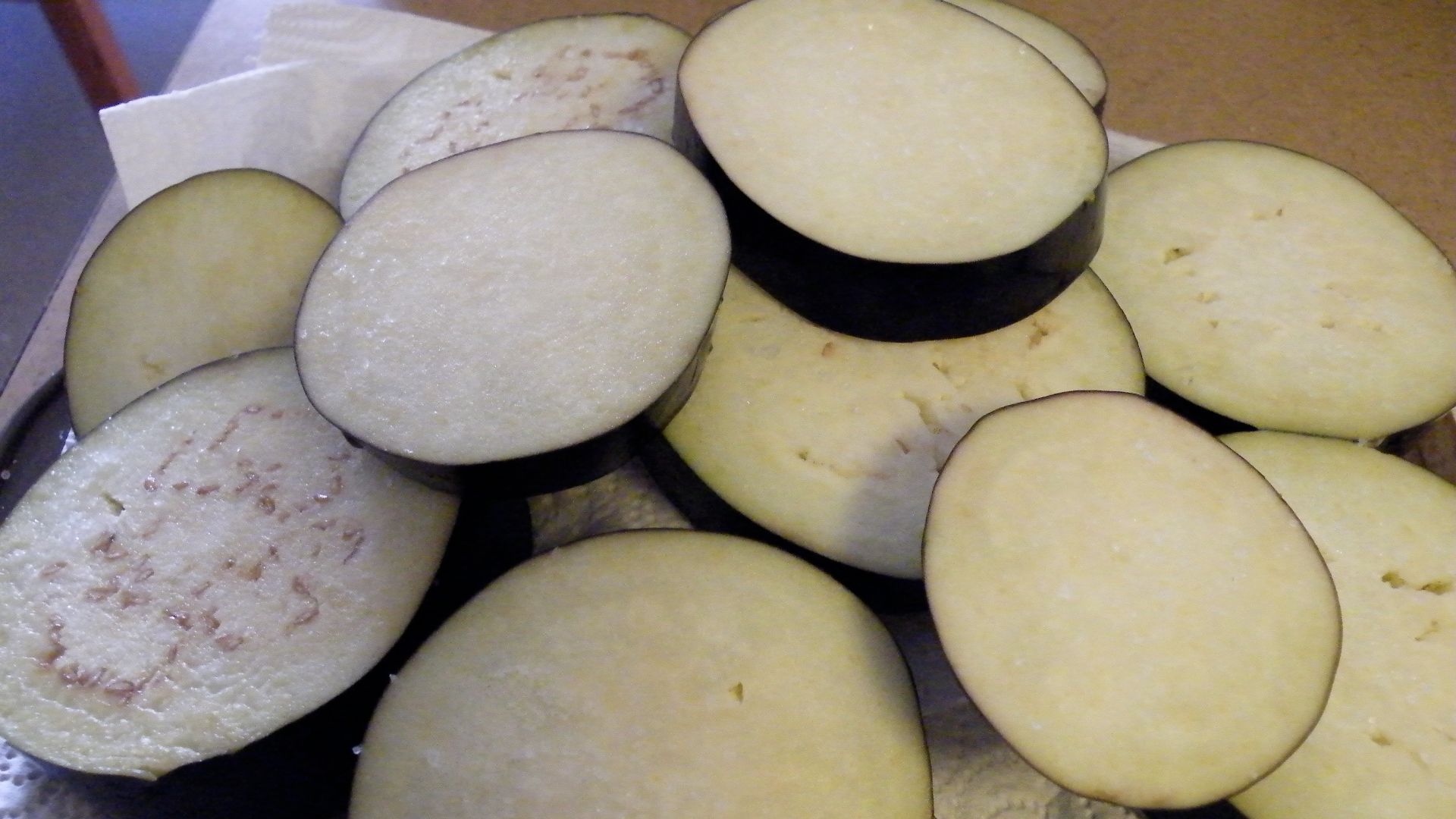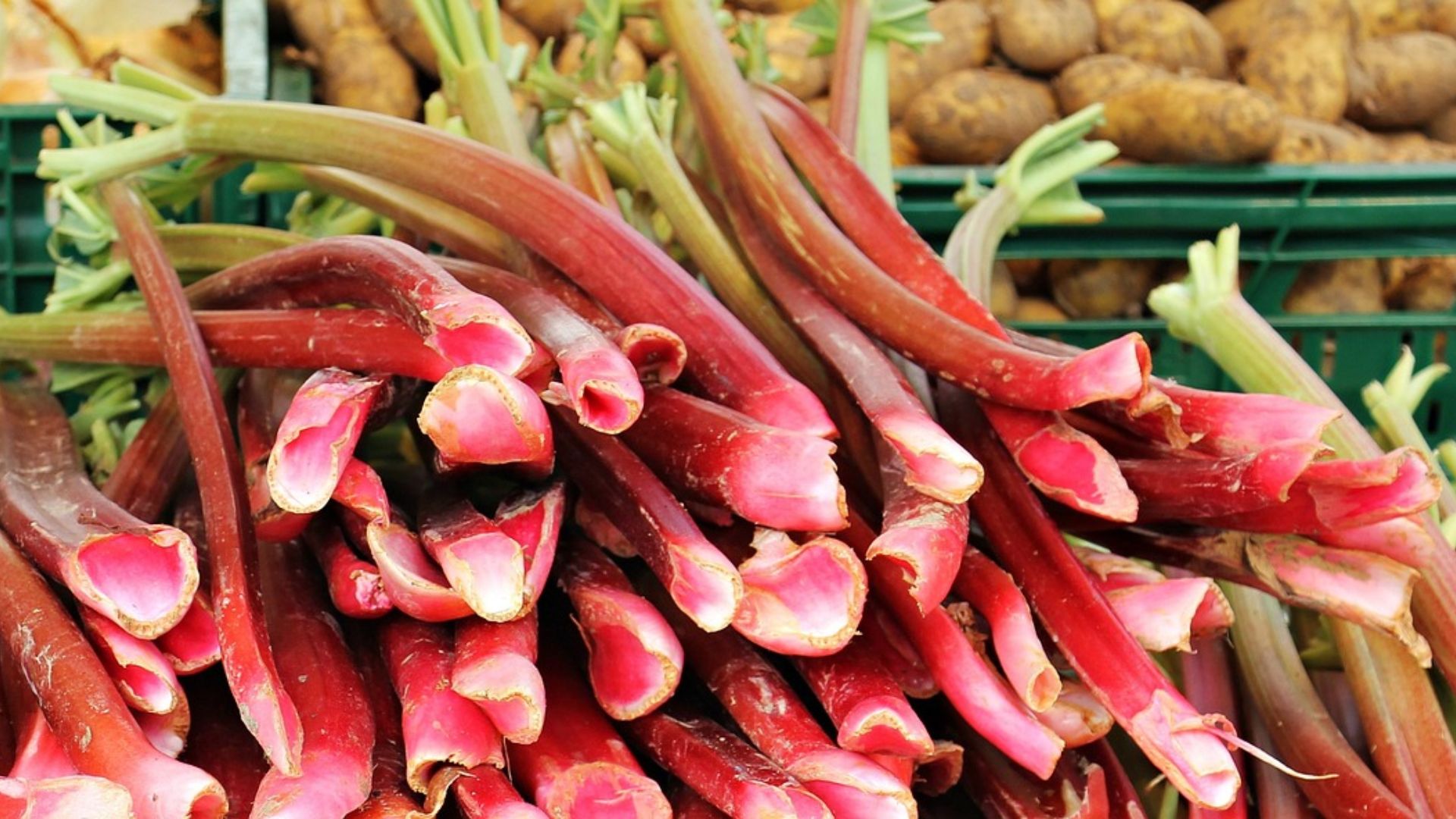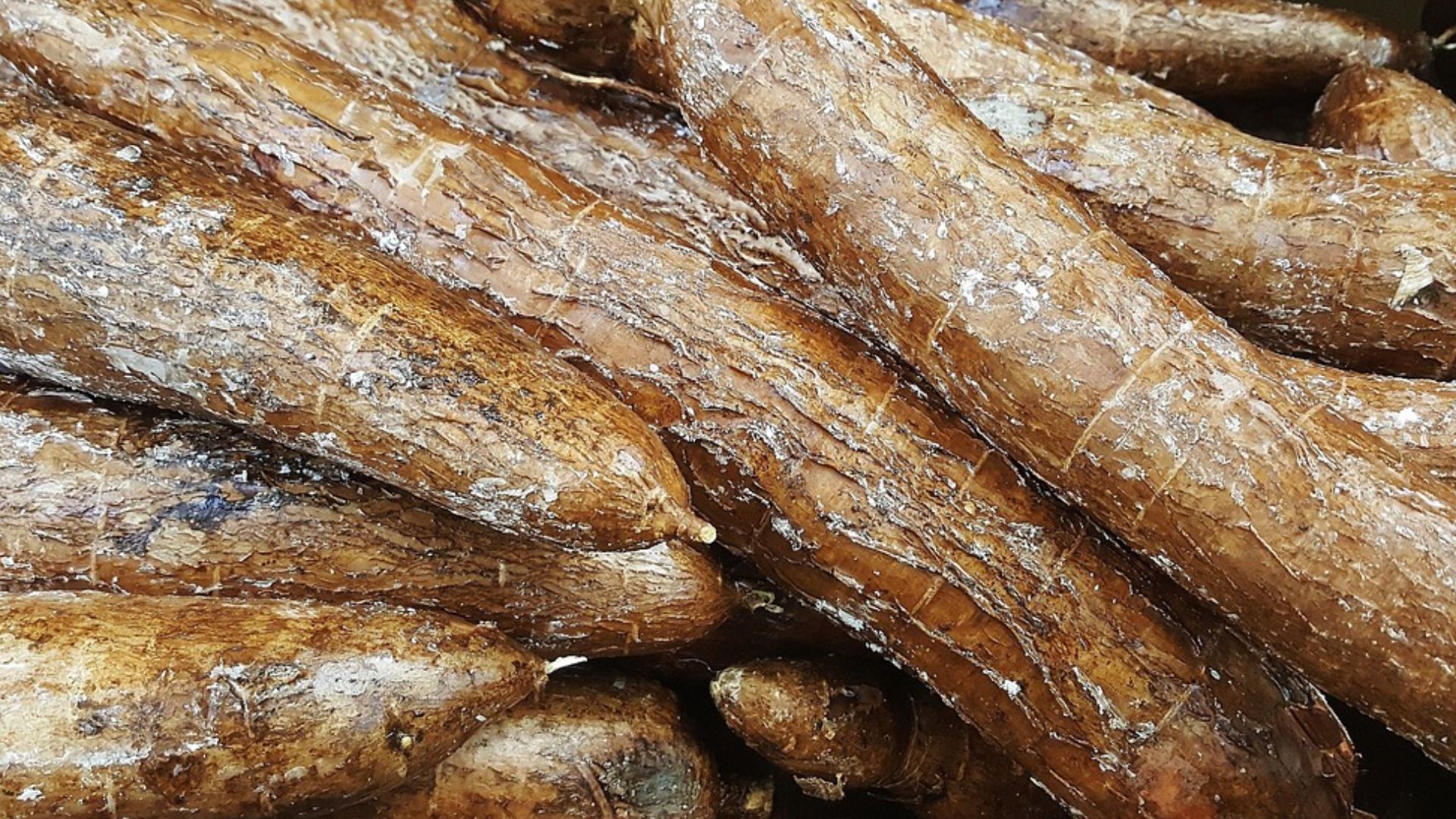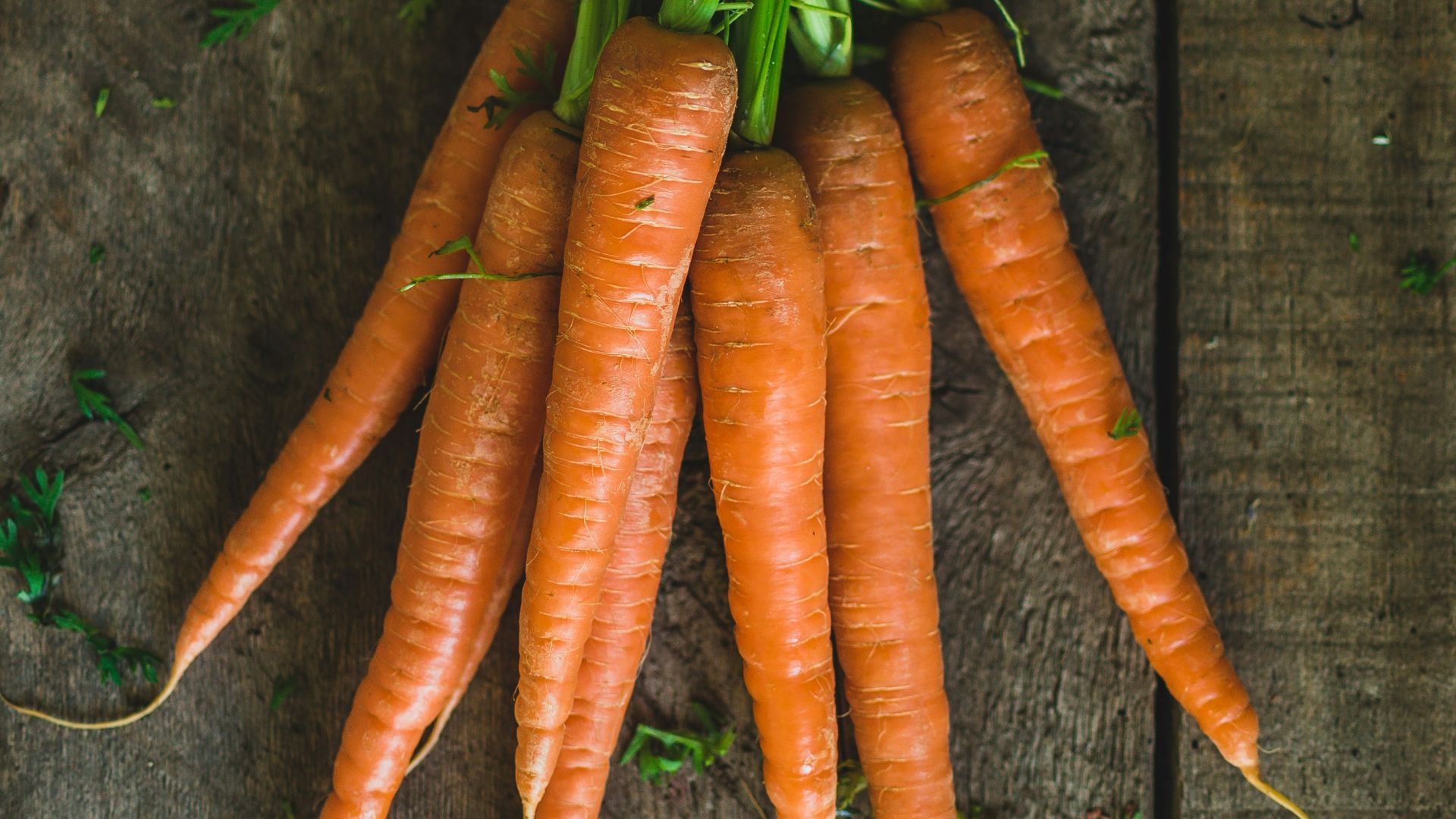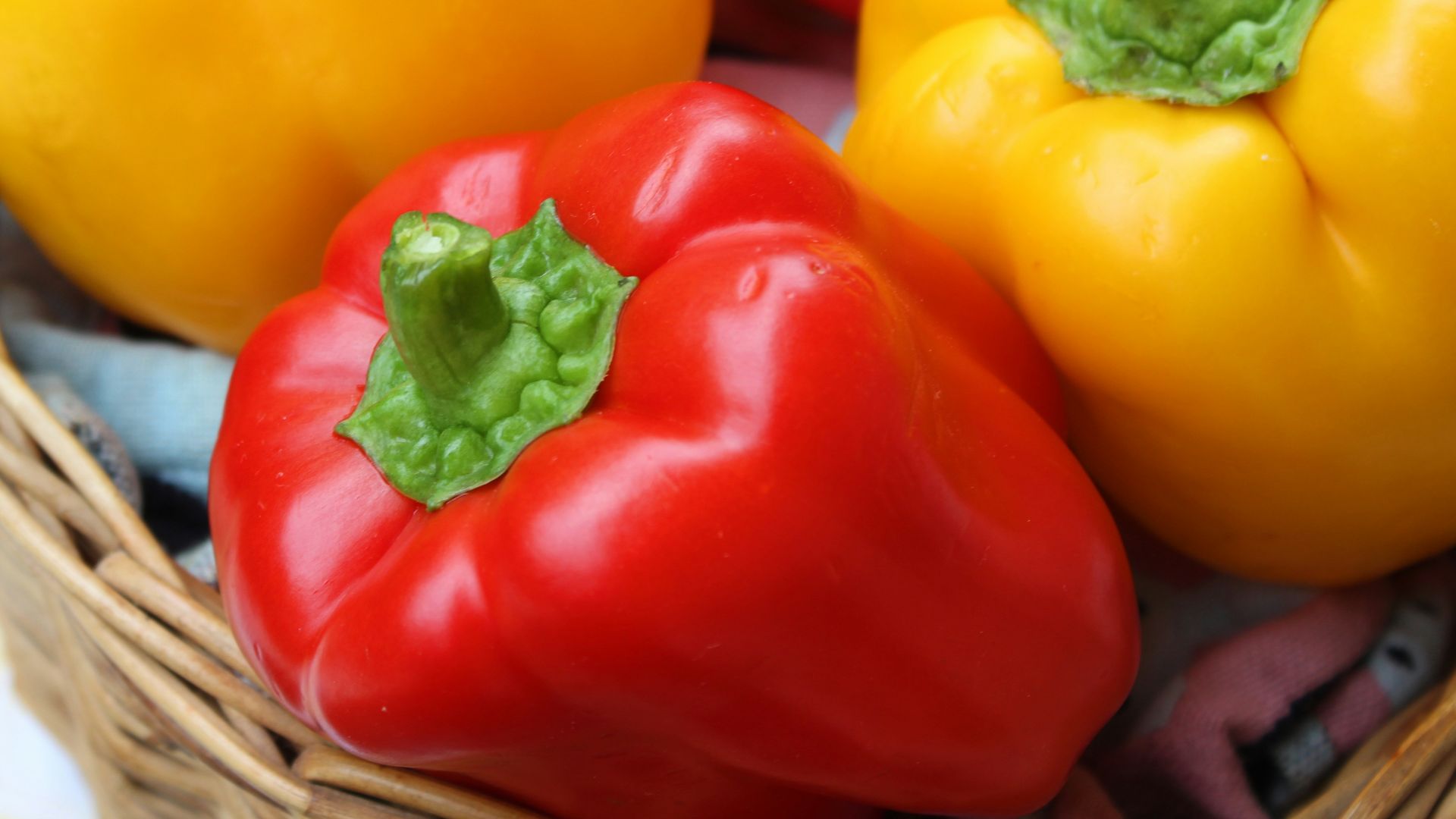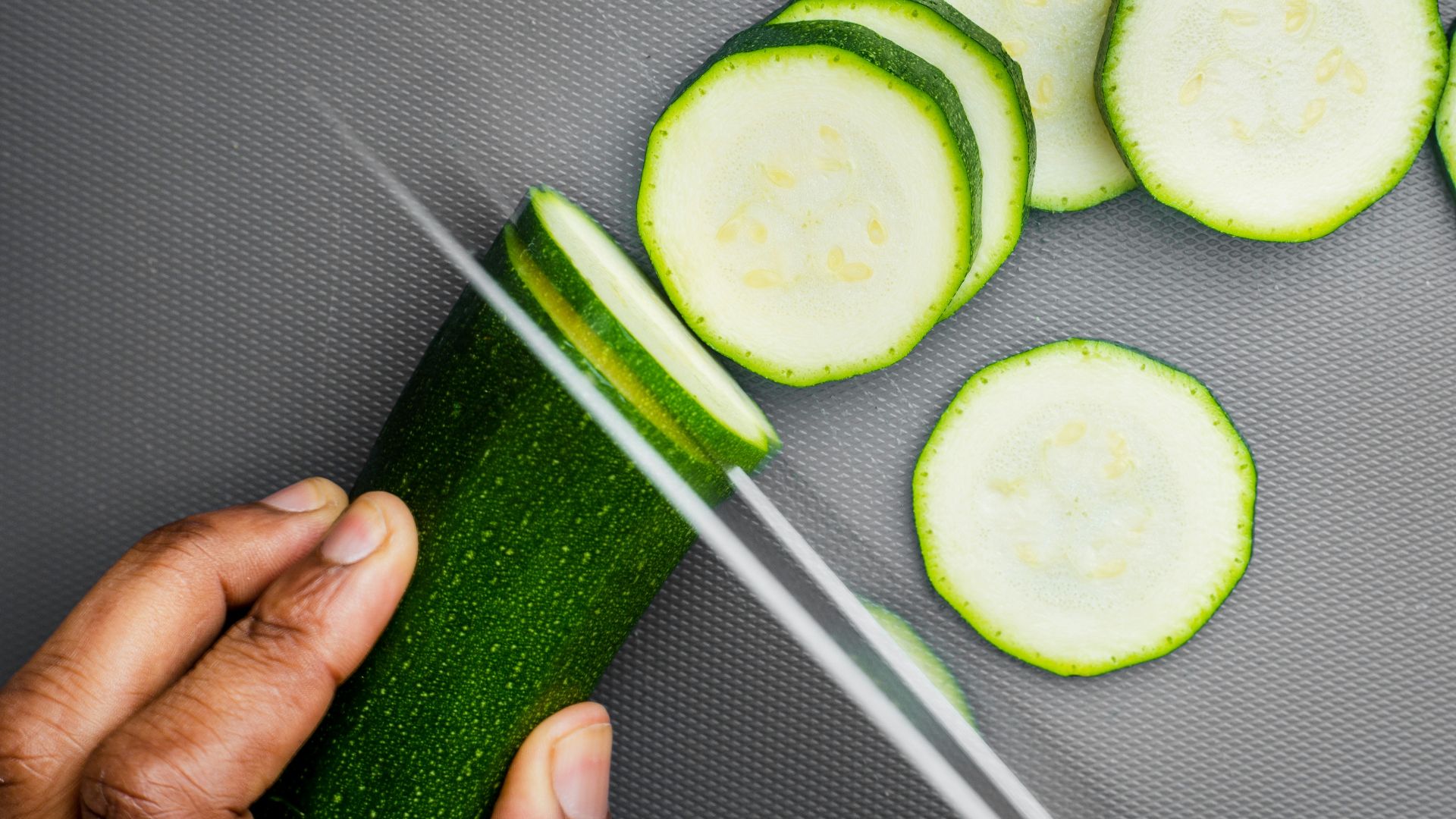Cook It Or Regret It
You may think raw always equals healthy. That’s not the whole story. While many vegetables are fine uncooked, others bring hidden risks when they skip the pan. This article separates the raw-friendly from the raw-dangerous, so you don’t have to guess next time you prep. Let’s start with the ones that need cooking before hitting your plate.
1. Potatoes
One bite of raw potato is all it takes to feel something isn’t quite right. Beneath the starchy texture lies solanine. This compound irritates the gastrointestinal tract and affects the nervous system. Moreover, raw potatoes contain resistant starch that’s difficult for the body to digest.
2. Eggplants
There’s a reason eggplant was once called “mad apple” in early Europe. This member of the nightshade family contains solanine like potatoes. Although its levels are typically lower, uncooked eggplant can trigger nausea or throat irritation.
3. Kidney Beans
The most dangerous item in your salad bowl could be the beans. Raw or undercooked kidney beans contain high concentrations of phytohaemagglutinin, a lectin that causes severe gastric distress. Consuming as few as four or five raw beans can lead to intense vomiting and diarrhea within hours.
4. Rhubarb
Vibrant red stalks and a pie-friendly reputation don’t tell the full story of rhubarb. While the leaves are widely known to be poisonous, the stalks themselves contain notable levels of oxalic acid when raw. This compound binds with calcium in the body, which may lead to kidney stones or weakened bones.
5. Cassava
Cassava is a global staple, especially in Africa, South America, and Southeast Asia, where it's used to make flour and tapioca. Its bitter varieties need prolonged soaking or boiling to remove naturally occurring toxins. In some regions, improper preparation has led to cases of widespread poisoning.
6. Brussels Sprouts
These compact green globes are divisive even when cooked, but eating them raw is a different story. Brussels sprouts contain glucosinolates and sulfur-rich compounds that give them a bitter, pungent bite and contribute to digestive gas when eaten uncooked.
7. Mushrooms
White button mushrooms and other common varieties may appear harmless raw, yet their cell walls are rich in chitin, a fibrous material humans can’t digest well. Additionally, some wild and cultivated mushrooms contain agaritine, a heat-sensitive compound with potential carcinogenic properties.
8. Asparagus
Asparagus spears offer a crisp snap when raw, but that bite conceals a fibrous core high in cellulose. This structural carbohydrate gives plants rigidity but resists human digestion, which can lead to stomach discomfort. Raw asparagus also contains slightly lower levels of absorbable antioxidants.
 Christine Siracusa on Unsplash
Christine Siracusa on Unsplash
9. Broccoli
This cruciferous veggie contains raffinose, a compound that can cause gas and bloating. It also has goitrogens that may interfere with thyroid hormone production. Light steaming preserves beneficial compounds such as sulforaphane, a nutrient believed to help reduce cancer risk.
10. Cauliflower
Cauliflower often earns a spot on raw veggie platters, yet its dense florets conceal the same bloating culprits as broccoli: raffinose and complex fibers. Cooking cauliflower makes it easier to digest and may help provide anti-cancer benefits.
Not all vegetables are troublemakers when eaten raw. Some shine straight from the fridge: refreshing and packed with nutrients just as they are. Let’s switch gears and look at the veggies you can crunch on without second-guessing.
1. Carrots
Bright and naturally sweet, raw carrots have earned their place in lunchboxes and salads alike. They’re rich in beta-carotene, essential for eye health and immune support. Because cooking can degrade some of their antioxidants, eating them raw helps preserve those compounds.
2. Cucumbers
Few vegetables refresh like a cold cucumber. With water content hovering around 95%, cucumbers help keep you hydrated while offering a crisp bite and subtle flavor. They contain anti-inflammatory flavonoids and antioxidants such as fisetin, which are linked to brain health.
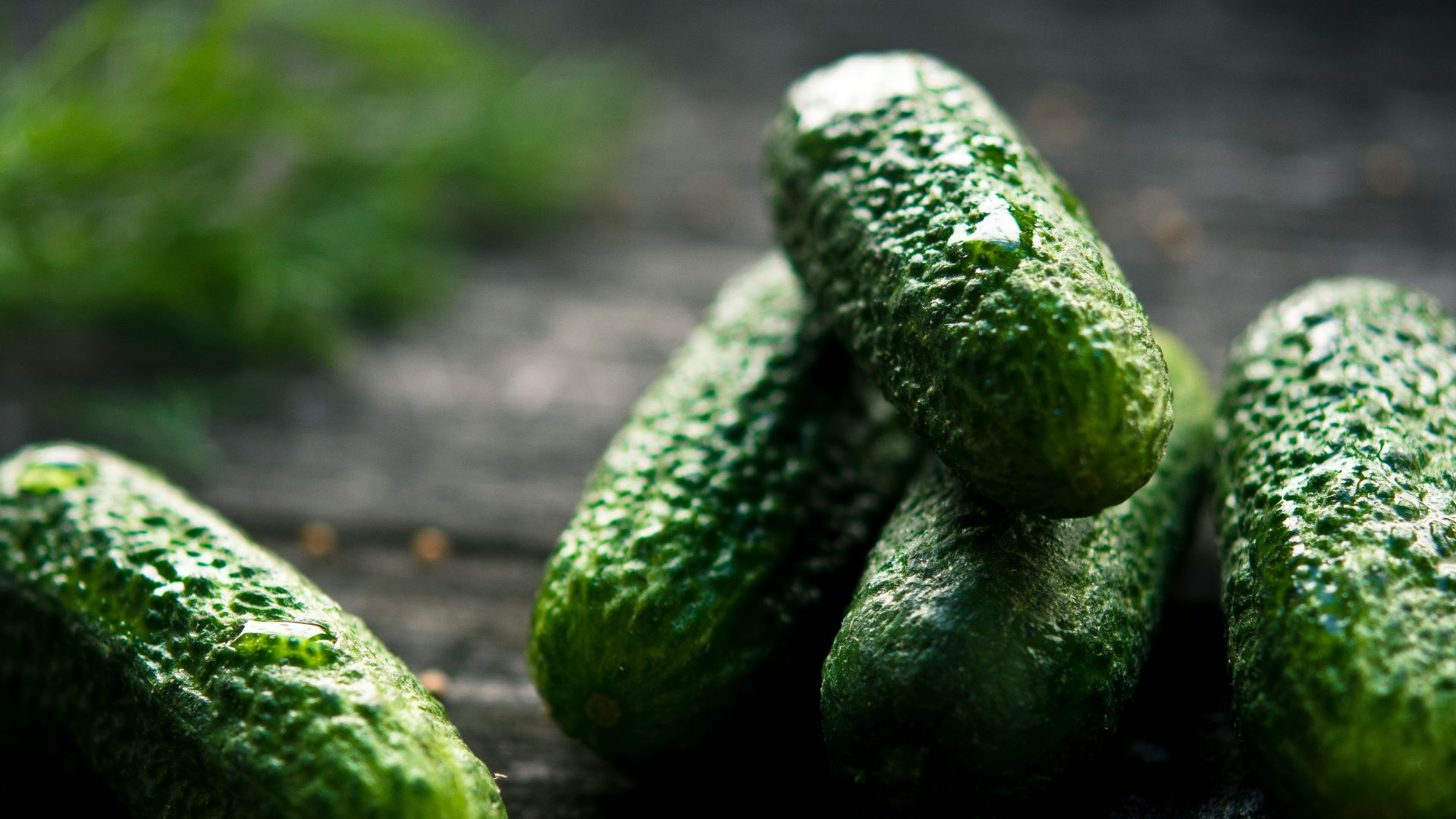 Jonathan Pielmayer on Unsplash
Jonathan Pielmayer on Unsplash
3. Celery
Celery might be the unsung hero of the raw veggie tray. Each stalk is loaded with fiber, aiding digestion and helping you feel full. Raw celery is also a natural source of apigenin, a flavonoid that may support healthy blood vessels and reduce inflammation.
4. Bell Peppers
Crunchy and naturally sweet, raw bell peppers are a nutritional powerhouse. Red ones, in particular, pack nearly triple the vitamin C of an orange, and eating them raw helps preserve that delicate nutrient. They’re also rich in carotenoids like lutein and zeaxanthin, which support eye health.
5. Tomatoes
Technically, tomatoes are a fruit, and they are commonly treated as vegetables in raw dishes, for good reason. They contain lycopene, a powerful antioxidant that becomes more bioavailable when cooked, yet they still offer substantial amounts in their natural form. Moreover, raw tomatoes supply vitamin C and folate without needing heat.
6. Zucchini
Zucchini is often grilled or turned into noodles, but it's just as tasty raw. With its delicate flavor and smooth texture, it works wonderfully as an alternative to cucumber in salads or as a snack. Packed with vitamin C and fiber, raw zucchini is a nutritious, low-calorie option.
7. Spinach
Spinach is a raw superfood that holds its own in green smoothies and fresh salads. It’s loaded with iron and vitamin K, and its flavor blends well with other ingredients. While oxalates in spinach can slightly reduce calcium absorption, the nutrient density it offers raw still makes it worthwhile.
8. Radishes
Peppery and crisp, radishes add more than just color to your plate. These root veggies are packed with glucosinolates, which support liver health and detoxification. Their high water content and sharp flavor make them ideal for slicing into slaws or garnishing tacos.
9. Lettuce
A staple in nearly every salad, lettuce is one of the most widely consumed raw vegetables. Its varieties each offer different textures and nutrient profiles. Romaine, for example, is a good source of vitamins A and K, while iceberg lettuce contributes more hydration than nutrition.
10. Sugar Snap Peas
Sugar snap peas live up to the name with a satisfying crunch and subtle sweetness. These edible-pod peas can be eaten raw, straight from the vine, and are rich in vitamin C, fiber, and folate. They also contain antioxidants like lutein, which promotes eye health.  Mateusz Feliksik on Pexels
Mateusz Feliksik on Pexels
KEEP ON READING

10 Veggies You Should Never Eat Raw & 10 You Can




